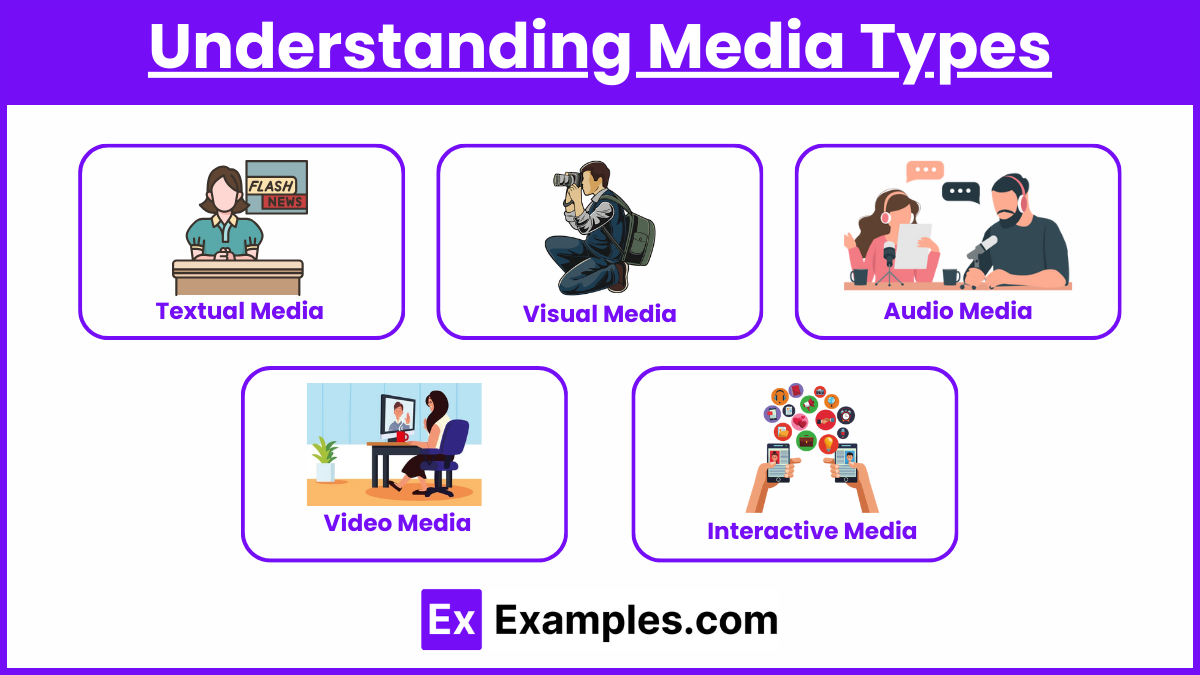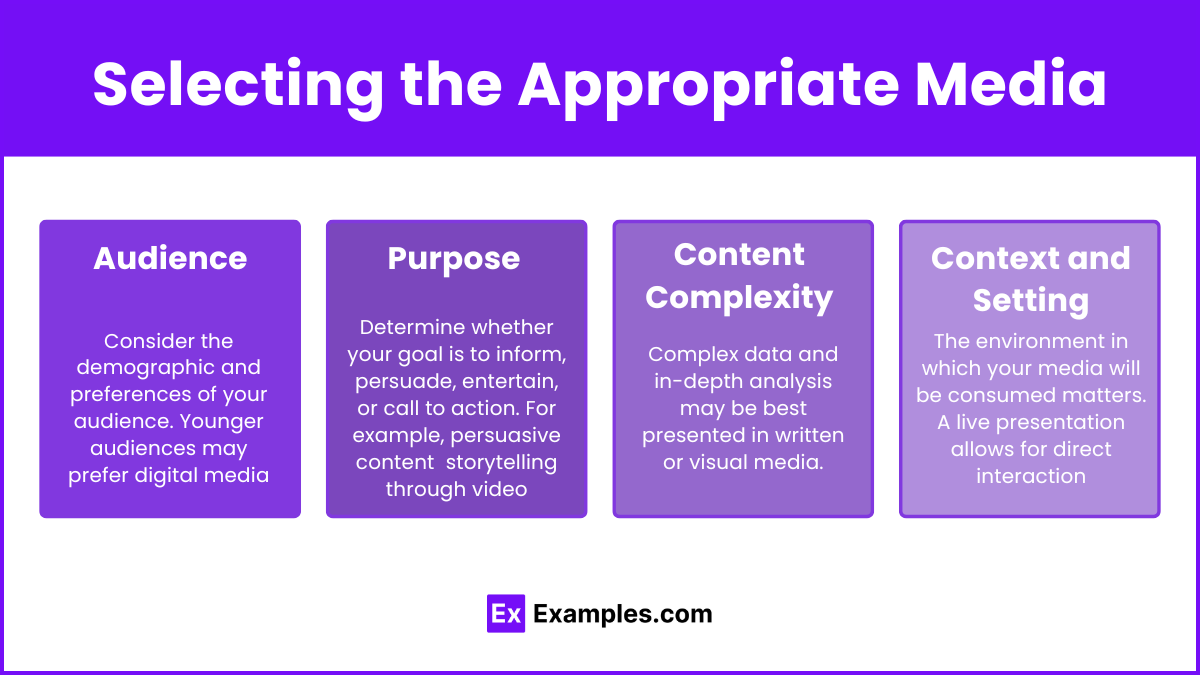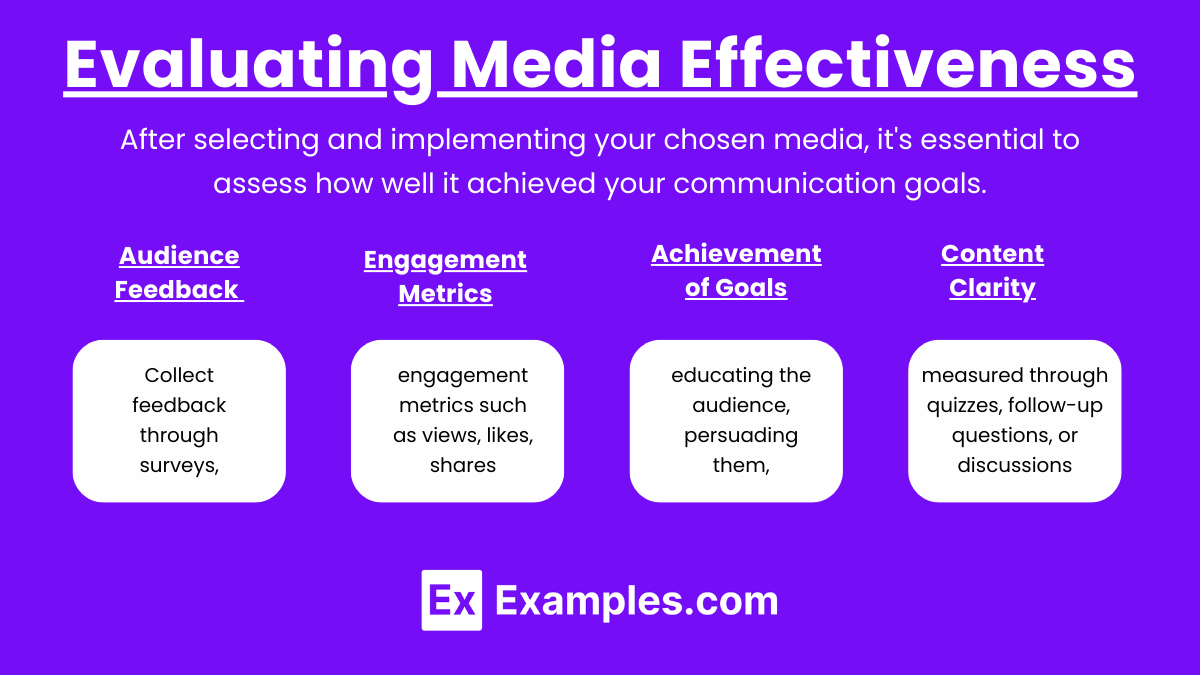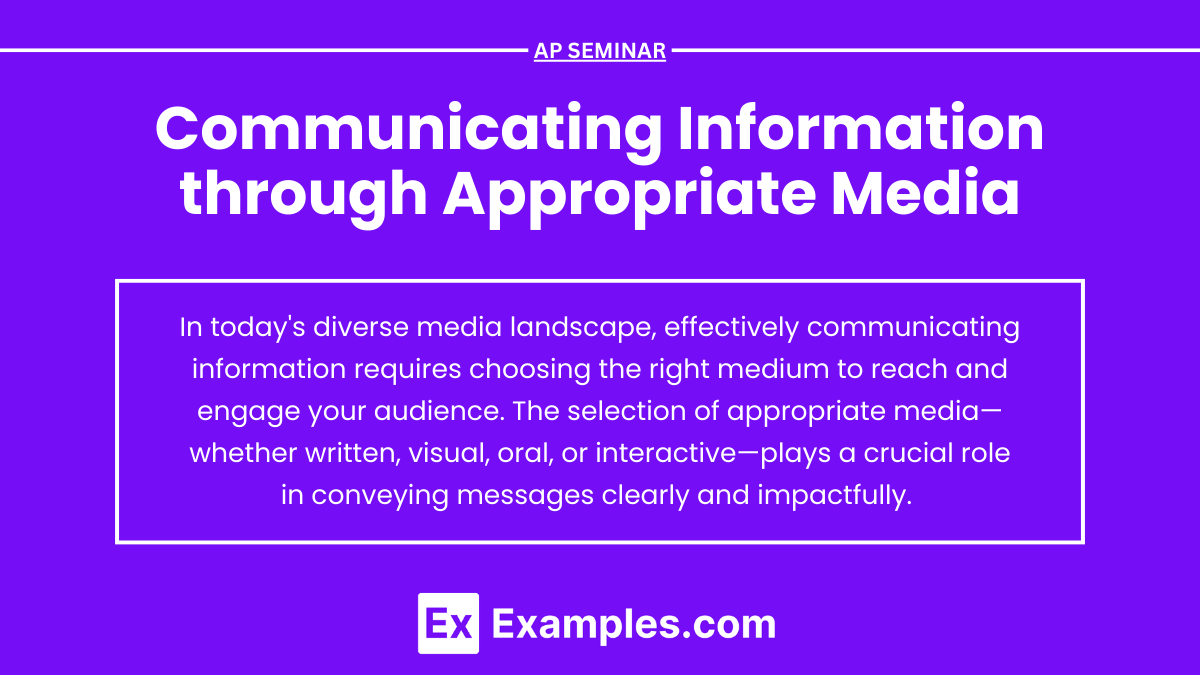In today’s diverse media landscape, effectively communicating information requires choosing the right medium to reach and engage your audience. The selection of appropriate media—whether written, visual, oral, or interactive—plays a crucial role in conveying messages clearly and impactfully. Understanding the strengths and limitations of each media type helps tailor content to specific audiences and purposes, ensuring that information is not only accessible but also compelling and persuasive. This skill is essential for academic, professional, and everyday communication.
Learning Objectives
In studying “Communicating Information Through Appropriate Media” for the AP Seminar exam, students should focus on understanding how different media types impact the delivery and reception of messages. Key learning objectives include identifying suitable media for specific audiences and purposes, mastering design and presentation techniques, and evaluating the effectiveness of chosen media in conveying information. Additionally, students should learn to integrate visual, written, and oral elements cohesively and assess accessibility and engagement strategies to enhance communication.
Understanding Media Types

Media refers to the various channels through which information can be communicated. The choice of media can affect how your message is received and understood. Here are some common types of media:
- Textual Media
- Books, Articles, and Journals: These are suitable for in-depth analysis and detailed explanations. They allow for comprehensive exploration of a topic.
- Reports and Papers: Used to present research findings, analyses, and formal arguments. These are often structured with headings, subheadings, and sections like introduction, methodology, results, and conclusion.
- Visual Media
- Charts and Graphs: Ideal for presenting statistical data or trends. They can simplify complex information and make it more accessible.
- Infographics: These combine text and visuals to convey information quickly and engagingly. Useful for summarizing data, showing processes, or explaining concepts.
- Photographs and Illustrations: These can provide visual evidence or help illustrate a point. They add an emotional or aesthetic element to the communication.
- Audio Media
- Podcasts and Radio: Good for reaching audiences who prefer listening over reading. Audio media can be engaging and are convenient for multitasking listeners.
- Recorded Speeches or Lectures: Useful for conveying detailed information or complex arguments in an engaging manner.
- Video Media
- Documentaries and Educational Videos: These provide a comprehensive overview of a topic, often combining visual, audio, and textual elements.
- Interviews and Panel Discussions: These formats are excellent for exploring multiple perspectives on an issue.
- Digital and Interactive Media
- Websites and Blogs: Offer the flexibility to combine text, images, video, and interactive elements. They are accessible and can reach a global audience.
- Social Media: Useful for quick updates, engaging with a wide audience, and sharing multimedia content. Platforms like Twitter, Instagram, and Facebook cater to different content types and audiences.
Selecting the Appropriate Media

Choosing the right media depends on several factors, each of which can significantly impact the effectiveness of your communication. Here are key considerations:
1. Audience
Consider the demographic and preferences of your audience. Younger audiences may prefer digital and visual media, while academic or professional audiences may lean towards written reports or oral presentations.
2. Purpose
Determine whether your goal is to inform, persuade, entertain, or call to action. For example, persuasive content might benefit from emotional storytelling through video, while informative content could use detailed written reports.
3. Content Complexity
Complex data and in-depth analysis may be best presented in written or visual media, where detailed explanations and visuals like graphs can clarify points.
4. Context and Setting
The environment in which your media will be consumed matters. A live presentation allows for direct interaction, while a recorded video or written article can be revisited at the audience’s convenience.
Evaluating Media Effectiveness

After selecting and implementing your chosen media, it’s essential to assess how well it achieved your communication goals. This evaluation helps in refining future projects and understanding the impact of your message. Consider the following aspects:
- Audience Feedback : Collect feedback through surveys, comments, or direct interaction. This helps gauge how well your message was received and understood. Additionally, seek qualitative feedback such as specific compliments or criticisms to gain deeper insights into the audience’s perceptions.
- Engagement Metrics : For digital media, track engagement metrics such as views, likes, shares, and comments. This data can provide insights into how effectively your content reached and resonated with your audience. Additionally, monitor metrics like watch time for videos, click-through rates for links, and page duration for written content to understand engagement levels.
- Achievement of Goals : Reflect on whether the media helped achieve your intended purpose, such as educating the audience, persuading them, or sparking discussion. Consider setting specific, measurable goals beforehand, such as a target number of shares or a certain level of audience understanding, and compare the results against these benchmarks.
- Content Clarity and Comprehension : Assess how clearly the information was conveyed and whether the audience comprehended the key messages. This can be measured through quizzes, follow-up questions, or discussions that test the audience’s understanding. Checking for misinterpretations can also highlight areas needing improvement.


